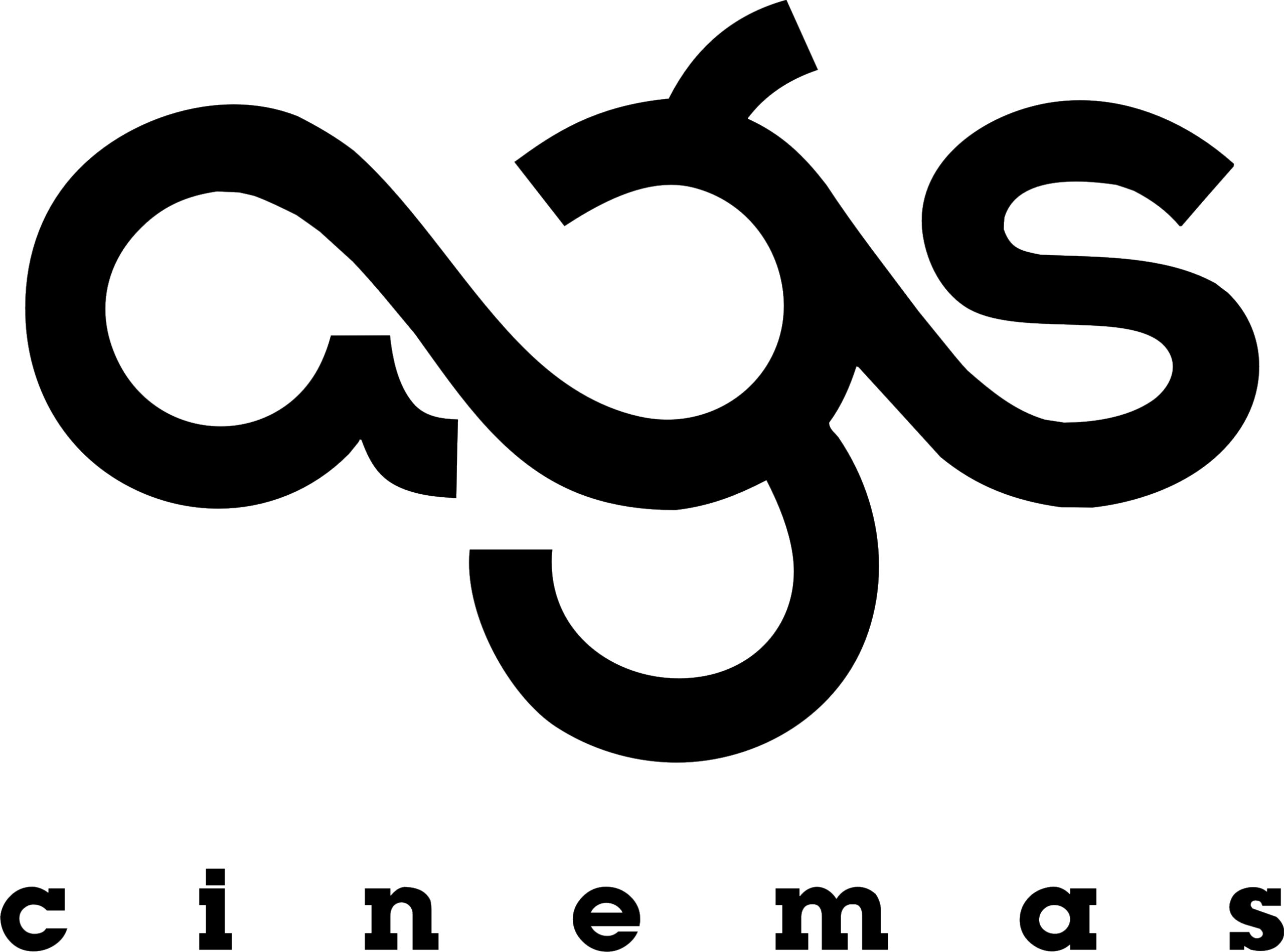
Features
Driving over the Howrah Bridge before our clash against SC East Bengal
It’ll be unusual that we end up using it on our away trips to Kolkata but we’ve all seen this marvel in the movies. Or in photos. The gateway to Kolkata, the 6th largest cantilever bridge in the world, the arches of the Howrah Bridge are a reminder of love and pride to the people.
Tomorrow marks it’s 79th year since inauguration in 1943.
But the need to connect Howrah to Kolkata was growing since 1862. And finally, in 1974 a pontoon bridge was readied and opened to traffic. A pontoon bridge, also known as a floating bridge, uses floats or shallow-draft boats to support a continuous deck for pedestrian and vehicle travel. Imagine that. There’s also photos if you don’t want to.
With the pontoon bridge unable to take the increasing load of ferrying people and goods across the Hooghly, and withstand the weather, the need of an alternative was paramount.
And after much deliberation (almost 34 years of it) construction of the world’s now most populous cantilever bridge began. A cantilever bridge by simple definition is a bridge that uses projecting beams (called cantilevers) to support the main part.
Here’s some astounding facts about the Howrah Bridge’s construction.
It was formed entirely by riveting, and does not have any nuts or bolts. It is made out of 26,500 tons of steels, a majority of which is a high tensile alloy known as Tiscom that was made and supplied by Tata Steel. This breakaway in bridge cost around INR 25 million at that time.
Today, this historic bridge connects the city with Howrah Railway Station at one end and the Mullick Ghat flower market at the other. It’s unmissable at night. And we don’t know which end Valskis likes more.

















